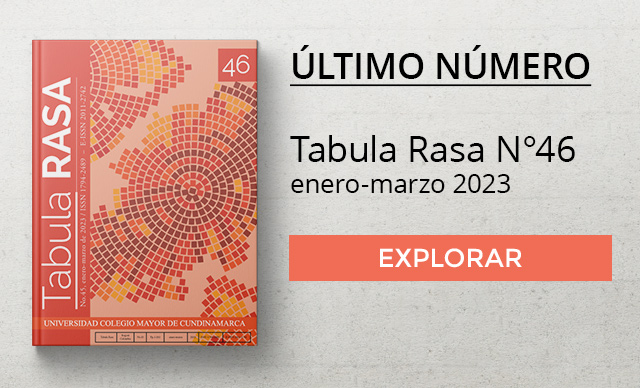https://doi.org/10.25058/20112742.n40.06
Rigoberto Reyes Sánchez
https://orcid.org/ 0000-0002-4536-6423
Universidad Autónoma Metropolitana-Iztapalapa, México
rigobertoreyess@gmail.com
Iván Sandoval-Cervantes
http://orcid.org/0000-0002-9206-9077
Universidad de Nevada, Las Vegas, EUA
ivan.sandoval-cervantes@unlv.edu
Abstract:
Dogs have an important role in Mexican cities streets, especially in peripheral or frontier settings. This article explores these dog presences in two cities battered by violence, along with the relations those animals build among each other, with humans and with their environment, drawing from the assumption that dogs are active beings that build alliances, territories, landscapes, and affective bonds. This is a four-hand writing where we enter into dialogue with the discoveries and findings of two research works conducted under the multispecies ethnography approach at two Mexican urban settings. On the one hand, there was Tecámac, southern Mexico Valley Metropolitan Area, and in Ciudad Juárez, on the northern frontier of the state of Chihuahua. We think those two setting fill the conditions for an interesting comparison, since they represent highly populated urban centers, but they continue to appear as frontiers between rural and urban landscapes. Also, both places have a shared feature of important waves of violence that have shaped the daily lives of their human and non-human inhabitants.
Keywords: multispecies ethnography, dogs, body studies, frontier, urban studies.







